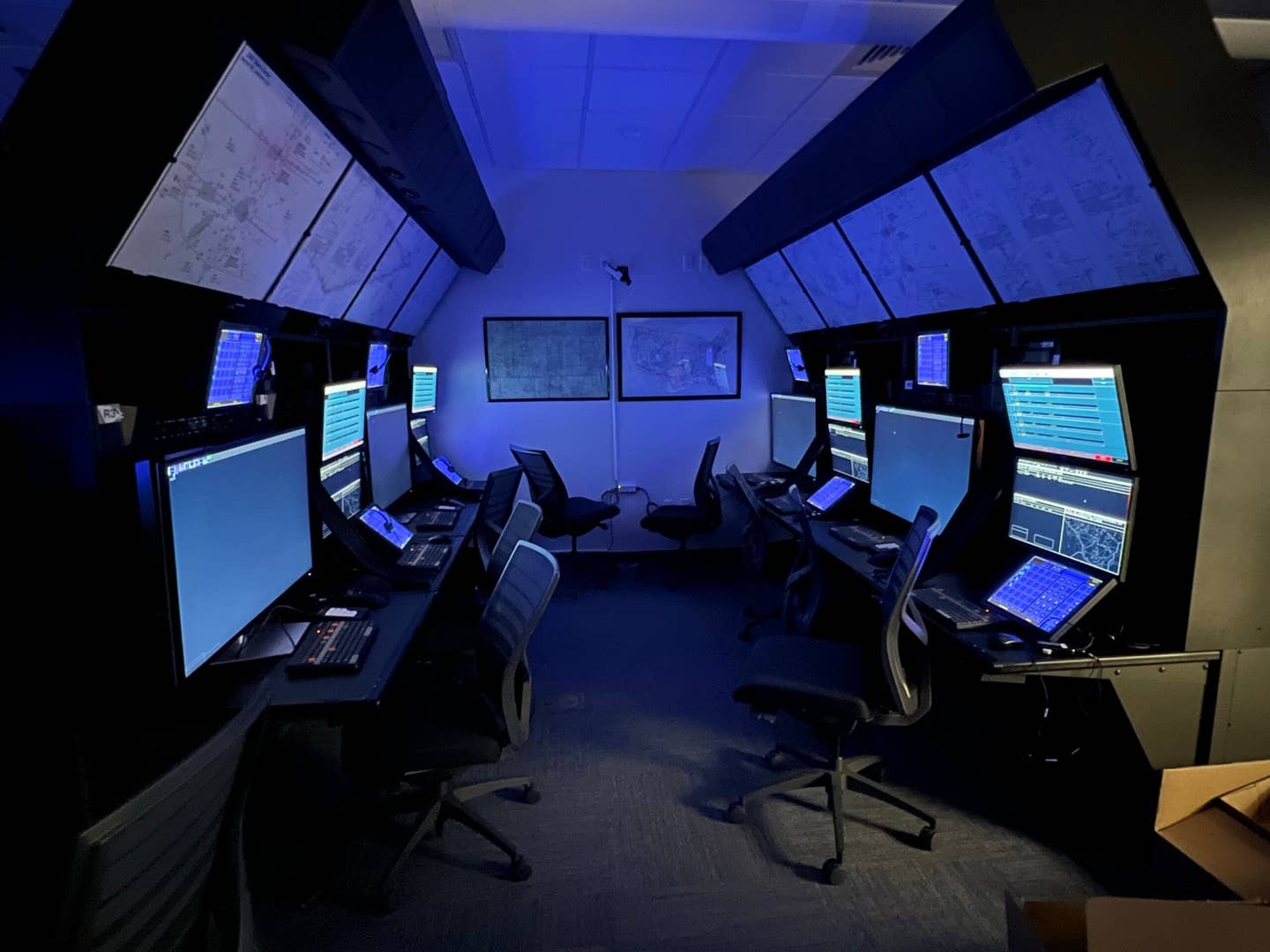What Private Pilots Need to Know About FAA’s New ACS
The updated Airman Certification Standards now include more scenarios, weather, and new codes.

The ACS contains the minimum standards that a pilot must meet for certification. [Credit: Shutterstock]
The FAA has released the latest edition of the Airman Certification Standards (ACS) for private pilots. The 87-page ACS, which went into effect Friday, may be found online or at pilot supply shops. With the exception of the syllabus, it is often the most neglected FAA publication.
The FAA updates the ACS document used to determine that an applicant has achieved at least the minimum standards required for certification, yet many learners—and CFIs—are reluctant to review it until training is almost completed. It can be a rude surprise when they discover that the maneuver they have been doing the same way since they learned it doesn't meet the standard as set forth in the ACS.
Changes
There is a full page of changes, starting with a great many new ACS codes—a whole page of them—that correspond to knowledge areas. For example, PA.IX.C.K2a is an electrical malfunction.
Some ACS codes have been removed and archived. Check the Airman Certification Standards Companion Guide for Pilots (FAA-G-ACS-2) if your knowledge test has the removed codes on it so you know what you got wrong.
Other changes include the removal of nonregulatory material from the appendices to the Airman Certification Standards Companion Guide for Pilots, (FAA-G-ACS-2) on the FAA website, and the addition of legends to the Additional Ratings Task Tables.
How to Use the ACS in Training
To CFIs who are reluctant to bring out the ACS from the very beginning, please remember that one of the reasons people quit flight training is because they don't know how well they are doing. The ACS spells out the metrics for minimum certification. While we don't expect learners to meet the certification right off the bat, it is wonderful when they do. I happen to enjoy telling my learners when they have reached "check ride quality."
More Than Maneuvers
The ACS also shows the learner that a check ride is much more than making the airplane do what the examiner asks. Each maneuver and note is broken down into knowledge, risk management, and skills.
For steep turns, for example, the learner is asked to demonstrate, among other things, an understanding of the aerodynamics of the maneuver, load factor and accelerated stalls, as well as collision hazards, division of attention between aircraft control and orientation, and avoidance of stall and spin. They then must fly the steep turn entering at maneuvering speed, and keeping the turn coordinate at 45 degrees of bank. They must maintain the altitude plus or minus 100 feet, airspeed at plus or minus 10 knots, and the bank angle plus or minus 5 degrees. Be sure to roll out on the same heading you rolled in on, plus or minus 10 degrees.
Using the ACS from day one can give the learner greater confidence going into a check ride, as they've been aware of those metrics from early in their training rather than having to do a big cleanup at the end.
More Scenarios
The updated ACS also has an increased emphasis on scenario-based training. This kind of training is done to prepare the pilot for situations they could encounter while flying. It can be everything from a loss of engine power, inadvertent encounter with IMC, getting lost, or the need to divert to an alternate airport.
The CFI introduces these situations either on the ground in a tabletop exercise, in the air, or in a combination of the two. The student learns the actions appropriate to the situation, helping them develop aeronautical decision-making skills. This is often done by the introduction of the DECIDE model: Detect the problem, Estimate the need to react, Choose a course of action you want to achieve, Identify solutions, Do the necessary action, Evaluate the need for more actions.
During the check ride, the designated pilot examiner (DPE) will often provide scenarios like the need to divert, and the learner must respond correctly.
Weather
The new ACS also outlines what the private pilot needs to know for weather and cross-country flight planning. Please read this section carefully. Several DPEs I know have expressed dismay about the number of check ride applicants who have little more than a perfunctory understanding of weather and defend themselves with the assertion, "I am only going to fly on good days."
This often leads to an equally soft performance in the planning and skill section of the cross-country flight. Be able to obtain and interpret a forecast and apply it to a flight plan. Although the ACS does allow for the use of an electronic flight bag (EFB), it's a good idea to know how to create a navlog the old fashion way and at the very least understand how winds aloft can impact the ground speed and fuel consumption. Know what is considered hazardous weather—and respect it.
Both you and your CFI should review the ACS together to make sure all the material has been covered, that this training has been documented in your logbook, and that learning has taken place.

Sign-up for newsletters & special offers!
Get the latest FLYING stories & special offers delivered directly to your inbox






